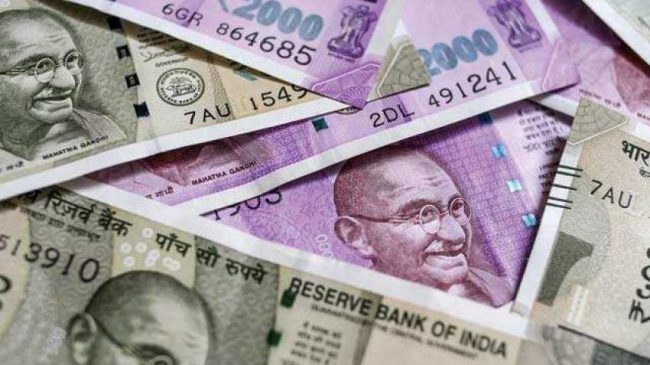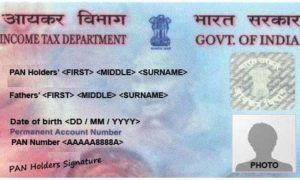Launched to protect the interests of girl child under Prime Minister’s “Beti Bachao, Beti Padao” campaign, Sukanya Samriddhi Yojana (SSY) provides a return better than even Public Provident Fund (PPF) and is as secure and tax efficient as PPF.
However, unlike PPF, benefits of which may be availed by any earning person for himself/herself and his/her minor child, the benefits of SSY may only be availed for a girl child.
As the economic activities of the already struggling Indian economy have become nearly standstill due to the nationwide lockdown imposed to contain the spread of highly contagious Novel Coronavirus COVID-19, the Reserve of India (RBI) has cut the key policy rates to provide some stimulus to the slowing economy.
Following the RBI rate cuts, the government has announced big rate cuts for the small saving schemes, including SSY. While, the interest rates on Post Office Recurring Deposit (RD) and Time Deposits of 1-3 years have been reduced by 1.4 per cent, that of PPF and SSY have seen a drop of 0.8 per cent.
After the rate cut, the annual rate of interest offered on SSY Accounts becomes 7.6 per cent, in comparison to 8.4 per cent earlier.
While the interest rates of all other small saving schemes are cut, only the rate of interest on Post Office Savings Account has been kept unchanged at 4 per cent per annum.
Any of the parents or legal guardian may open only one SSY account for a girl till she becomes 10 years old. The contributions up to Rs 1.5 lakh in a financial year may be made in an SSY Account (SSA).
The contribution period of an SSY Account is 15 years, while the maturity period is 21 years. However, partial withdrawal is allowed for higher study once the beneficiary girl child turns 18 years old.
Moreover, an SSY Account may be closed prematurely before 21 years, if the beneficiary girl gets married after 18 years of age.
If you make full contribution of Rs 1.5 lakh in your daughter’s SSY Account at the beginning of every financial year for the full contribution period of 15 years and no withdrawal is made before the maturity period of 21 years, assuming that the current interest rate of 7.6 per cent continues for the entire investment and maturity period, your daughter would get Rs 65,93,071.43 on maturity.
On the other hand, for the same investments under same terms and conditions, the maturity value at the earlier rate of interest of 8.4 per cent would have been Rs 73,90,043.06, a difference of Rs 7,96,971.63.





































